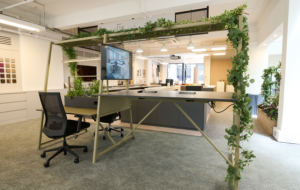
words The icon Team
There is a new breed of client who collects architecture like stamps. In Mongolia, Taiwan, South Africa and Brazil, private developers are commissioning big names and hot young practices by the dozen to build huge, diverse developments. The rewards for the developers are clear: credibility, prestige and media attention. The overall architectural value is another question.
“In some cases it liberates architecture and the local environment, in other cases it’s an incredibly cynical move to exploit reputations and architecture for brutal advertisement in brutal global competition,” says architectural historian Charles Jencks. “So it’s a risky policy for the architect who risks his reputation.”
Many young architects are, however, prepared to take that risk. In the steppes of Inner Mongolia, next to a village called Ordos, 100 practices from around the world will each design a villa to make up one such collection of architecture. The resulting two-storey villas will form the first phase of a £3.2m cultural park. The developer of the Ordos 100 project, Cai Jiang, a 40-year-old businessman and art collector, has described it as an “urban catalyst” for the arid region. Cai has employed Chinese artist Ai Weiwei as masterplanner and curator of the project, and Ai in turn invited Herzog & de Meuron to hand-pick the 100 architects from 27 countries. The chosen ones include Tokyo-based Atelier Bow-Wow, the Americans Johnston Marklee, the Chilean Alejandro Aravena and the London-based DRDH and Simon Conder Associates. The first phase of 28 designs has just been presented, and construction will begin in the summer.
“We don’t know who is going to live there or even how they’re going to inhabit it,” says Julien De Smedt of Copenhagen-based practice JDS Architects, another of the Ordos100. “It’s a kind of psychological and social experiment in a way.”
“There is a thirst for knowledge [there],” says Simon Conder, “a desperate quest at all levels to find out how things are being done in the West and whether they can make use of [these methods] in a positive way. The idea that we’re going to teach them much I’m not sure about.”
A similar project is under way in Aodi, a small town 50 minutes from Taipei in Taiwan. On a cliff overlooking the Pacific, 20 villas are being designed by 20 young practices – 10 international and 10 Taiwanese – as part of a project called Next Gene: 20. The architects here were asked to create a dialogue with the site – a loftier ambition than the blank-slate Mongolia project. There is a strict brief asking architects to think about the future home and a building’s relationship to nature. The collector in this case is Lu Tai-Nien, an entrepreneur who made his millions in the photo-printing industry. He has described the project as “a chance for Taiwan to connect with the world’s architectural history”, and he had very specific ideas of what architects he wanted. “Liu Yu-Tung and Lu Tai-Nien wanted to select a type of mid-generation architect who was experienced but maybe not extremely famous,” says Italian curator and editor Marco Brizzi, who helped Lu make the pick. The names taking part include JDS as well as Dutch architect MVRDV, Japanese Kengo Kuma and Italians IAN+.
In South Africa meanwhile, a similar collection of local and international architects produced quite different results. The Design Indaba 10×10 housing project was a project conceived to celebrate the 10th anniversary of the design conference. It’s creator, Ravi Naidoo, invited ten alumni of the conference – including founder of Architecture for Humanity Cameron Sinclair, and London’s Thomas Heatherwick, Will Alsop and David Adjaye – to collaborate with South African architects to design a house that could be built for less than £5,000. Alsop was involved in the first collaboration, which broke down almost immediately (icon 059). “We were invited last summer as a group of architects but were unable to work with our South African counterparts,” says project architect George Wade of SMC Alsop. Asked if the project invited in big international names simply to give it some lustre and publicity, Naidoo replied: “It’s not about their brand, it’s about their talent and problem-solving skills. It’s quite a fiendish proposition. The task of realising it’s for real people is what kept us on the straight and narrow. Not on flights of fancy or ethereal prospects.”
This kind of campus curating is not exactly new. Famously, Mies van der Rohe and Le Corbusier contributed to the 1927, 21-architect Weissenhof Estate in Stuttgart for the Deutsche Werkbund. More recently furniture brand Vitra has collected signature buildings over time at its Weil-am-Rhein campus. Industrial parks such as Paju Book City and Heyri Art Valley in South Korea follow similar principles. But the phenomenon seems to be gaining in popularity and scale. “Although there has been a trend in collecting big names, there seems to be the introduction of private developers rather than state agencies and invited architects rather than open competitions,” says Adrian Forty, professor of architectural history at the Bartlett. In particular, this model is a quick way of attracting cultural prestige to new towns and cities being built in booming economies outside the West.
The benefits of using young architects, such as at Ordos100, is that for many of them this will be their first opportunity to build. For more established architects like Simon Conder, it has been a learning experience. “The best thing about the project was to meet 100 architects from around the world,” Conder says. “It was phenomenal, and very exciting. And we had some lively arguments about, you know, is this a zoo?”
Is it just a zoo? Jencks, again, sounds a note of alarm: “A hundred architects competing to death in the back of beyond in a fire sale of reputations… I wouldn’t buy it if I was any of them. Young architects have a great struggle getting their names out there. If you exploit young architects because they have no other way to get their name around, and they’re willing to be exploited, then buyer beware, and seller beware I would say. It’s high risk.”
It’s certainly strongly experimental, for both the organisers and the participants, and the scale and pace of the project make it a huge risk in terms of design as well as reputations. “There is a concern that they are ill-considered,” says Forty of the proposals. “One is afraid that the results won’t be very good.”
The risks inherent in Ordos100 project may be why those involved with the Next:Gene 20 project in Taiwan are keen to accent the differences between the schemes. “This is distinguished compared to the big and controlled development,” says curator Brizzi. “Here we look for quality and dialogue. The business model is similar, but the cultural aspect must be observed here.”
But one revealing common characteristic of the projects is that they’re all very far away. This is a pity, says Conder: “It’s extraordinary that you have to go to Inner Mongolia to try this out, and you can’t do it in somewhere like Milton Keynes.”
images Andrew Penketh
top image Kengo Kuma’s design for the Next Gene: 20 project in Taiwan
Designs for the Next Gene: 20 project in Taiwan
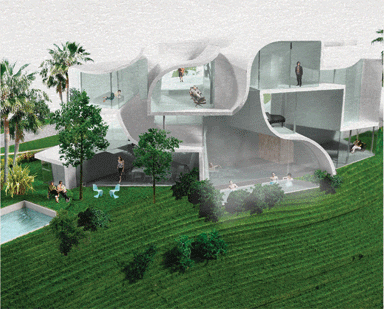
Akihisa Hirata
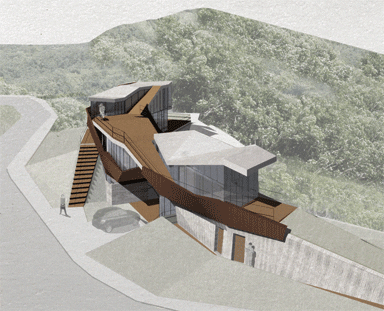
Hailim Suh

MVRDV

Toshiko Mori
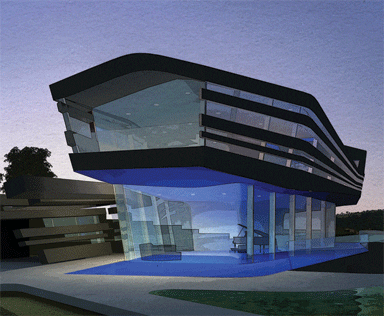
GRAFT

Yung Ho Chang
 JDS Architects
JDS Architects
 IAN+
IAN+

Fernando Menis
Designs for the Design Indaba 10×10 project in South Africa

Egret West
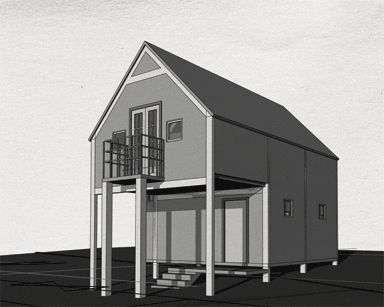
Henning Rasmuss

SMC Alsop

Shigeru Ban

Mark Dytham

Cameron Sinclair
Designs for the Ordos100 project in China

MOS

NL Architects
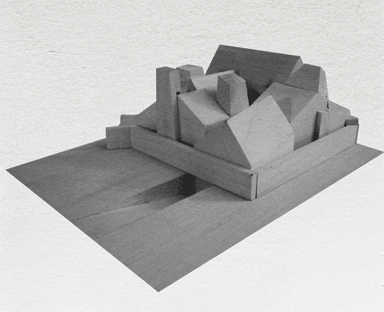
Jan de Vylder

Estudio Barozzi Veiga















